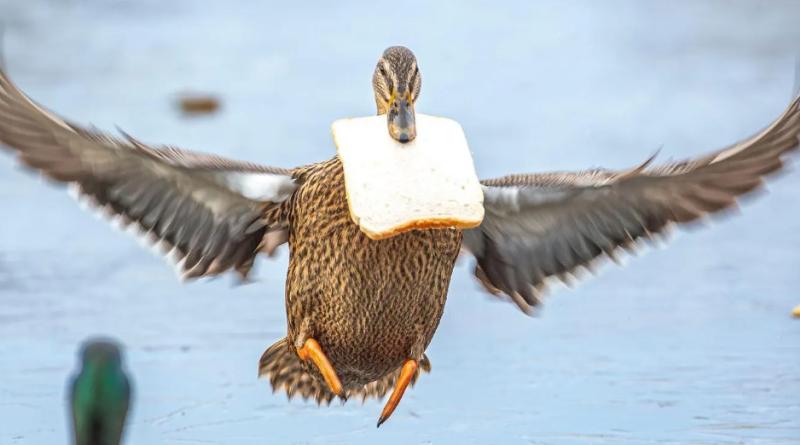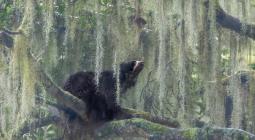The week in wildlife – in pictures: fluffy kiwi chicks, a ‘swimming’ mole and a lucky duck


Photograph: Tom Shlesinger/Royal Society Publishing

Photograph: Dr Christine Stockum

Photograph: Lee Hudson/Alamy Live News

Photograph: Uli Deck/DPA/Cover Images

Photograph: Simon Litten/mediadrumimages/Simon Litton

Photograph: Anuwar Hazarika/NurPhoto/Shutterstock

Photograph: SERFOR/AFP/Getty Images

Photograph: David Tipling/SWNS

Photograph: Rolf Hicker Photography/Alamy

Photograph: Joern Koehler/San Marcos University's Museum of Natural History/AFP/Getty Images

Photograph: Anadolu/Getty Images

Photograph: Roslan Rahman/AFP/Getty Images





